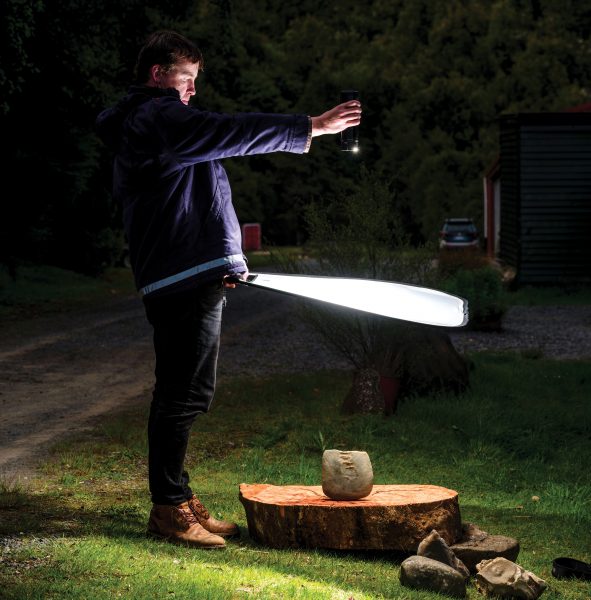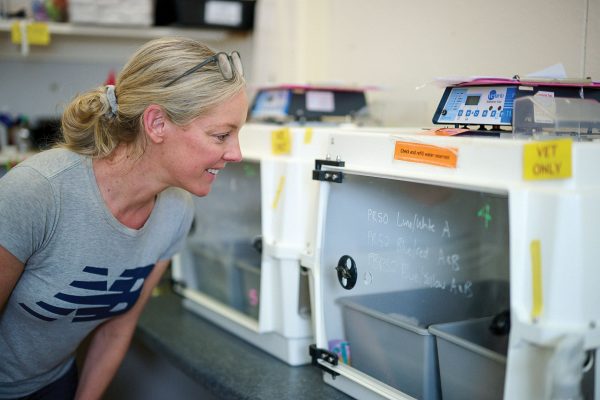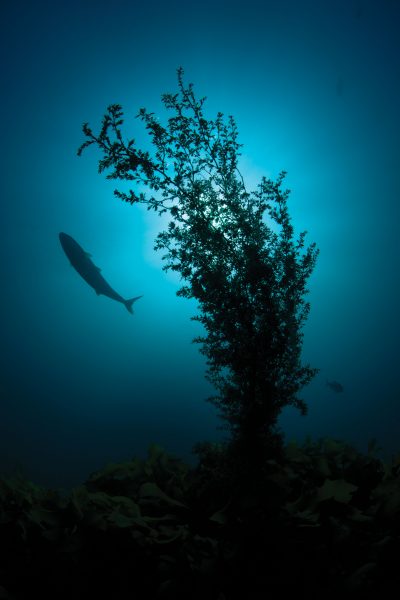A chance to meet the contributors.
“On the first night out of Nelson I was in real trouble,” recalled Warren Judd, writer of our
Deep water fishing article. Warren, who describes himself as a professional hangover of the ’60s but is in reality a cell biology lecturer and part-time farmer, was reading the small print on his packet of seasick tablets at the time. To his dismay, he noted that each dose provided a mere three to four hours’ relief, and he was facing a 10 to 15-day trip with a total cache of 12 pills.
“Fortunately, I fared reasonably well during the daytime, and never actually threw up, which is more than can be said for a guest on a previous trip. A Sealord executive, he was on the Arrow to get a taste of deep water action, and succeeded in losing 14 kilograms during 10 days’ continuous illness.”
Kim Westerskov, a veteran of many long sea voyages in rough waters (and one of the photographers for our Mayor Island feature in Issue 3), experienced only occasional queasiness at sea. On land, though, he had to contend with one unusual situation. At 11.30 on the night the Arrow docked, both writer and photographer were invited to the skipper’s wife’s birthday party. Said Warren: “With that insight imparted only by alcohol, the lady of honour developed the unshakable conviction that Kim was a MAF spy. In hindsight I suspect that this stemmed from Kim’s declining to drink alcohol, but at any rate he was more than a little taken aback!”
For Kim one of the highlights of the Arrow trip was photographing the large concentrations of seabirds which gather on the fishing grounds. “Unless you are fortunate enough to visit New Zealand’s subantarctic islands, where these magnificent birds nest, the only place to see them is at sea,” said Kim.
Richard Holdaway, author of Terror of the forests , is just completing his PhD studies on Haast’s eagle. His work has focused on the palaeobiology of the bird and its taxonomic relationship to the hawks and eagles of the world. During the course of his studies he has investigated and classified every eagle bone that has ever been collected — some 500 bones in all. He says he was first attracted to the eagle by the controversy the bird generated in scientific circles: some claimed the bird lived in open country, others vowed it was a forest dweller; some claimed it was losing its powers of flight, others suggested it was a powerful flier. Richard has come to his own conclusions, as presented in our article.
It was appropriate that Saana Murray, a kuia (leading woman) of the Ngati Kuri tribe of the Muriwhenua, share with us some of her feelings about the lands of the Far North in the poems and stories which appear in The spirit’s flight . Her writings come from personal experience: she has lived on this land since childhood and heard the stories first-hand from the elders.
In a note which accompanied her work, she wrote,
“It is hard to write in a few words about a thousand years or more of occupation by the Maori of this land Aotearoa.
“Te ahi kaa, the fires that have been kept burning for centuries at Te Hiku o to Ike a Maui, are still burning today in our remote village of Te Hopua Wai (Te Hapua).
“There is no time to waste. We must reverse this poverty in Aotearoa. The poverty of cultural, physical and spiritual degradation.
“The tangata whenua are still hurting. Our children have inherited our bitterness. A landless race, after only 150 years since the signing of the Treaty of Waitangi.
I looked around to the lonely taumata
The pedestal of my marae
I looked around for the kuia
The kai karanga
I only heard the whisperings
In the wind
“Kia kaha”. We are here
In the Treaty of Waitangi.
Kai karanga = songs of welcome; “Kia kaha.” = “Have strength.”
One of our aims in New Zealand Geographic is to explore the ties between people and land. As we come to 1990, the sesquicentenary of the signing of the Treaty of Waitangi, it is a good time to be thinking about the land in which we live, and to review our collective relationship to it.

















